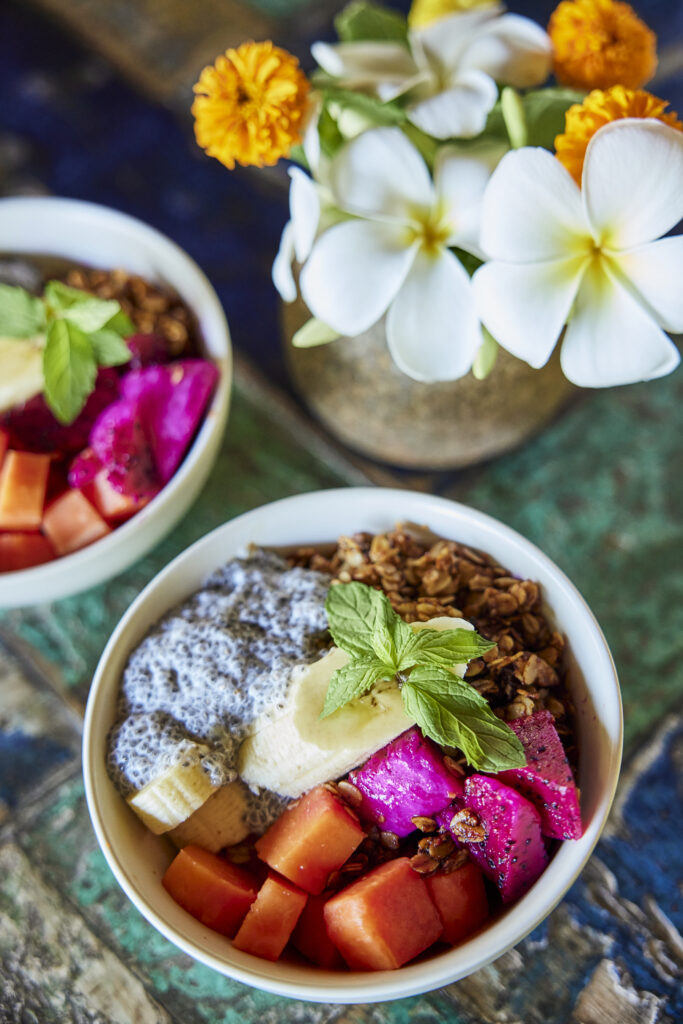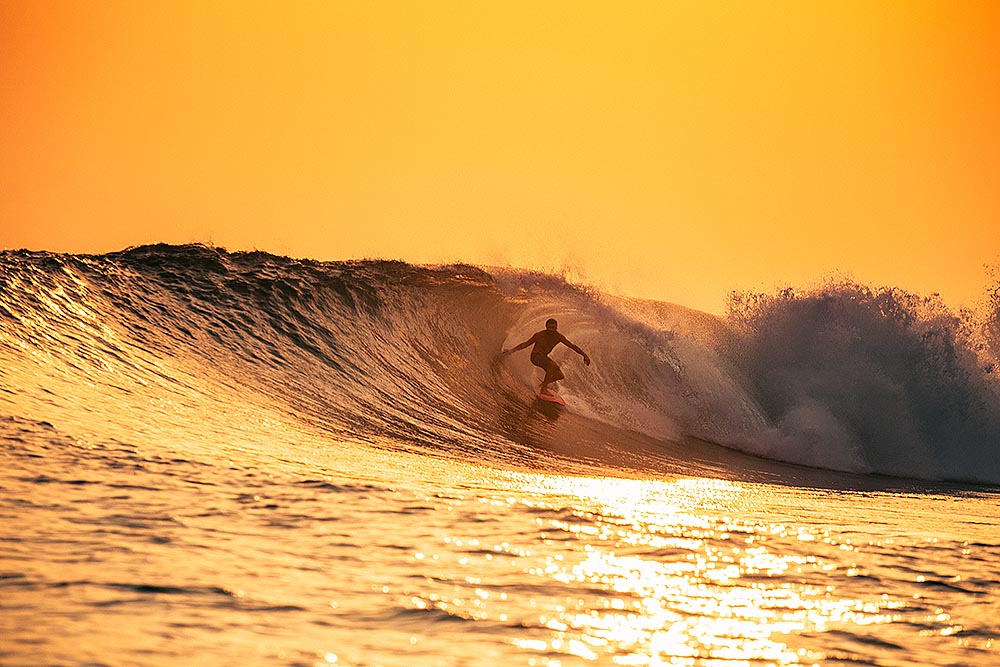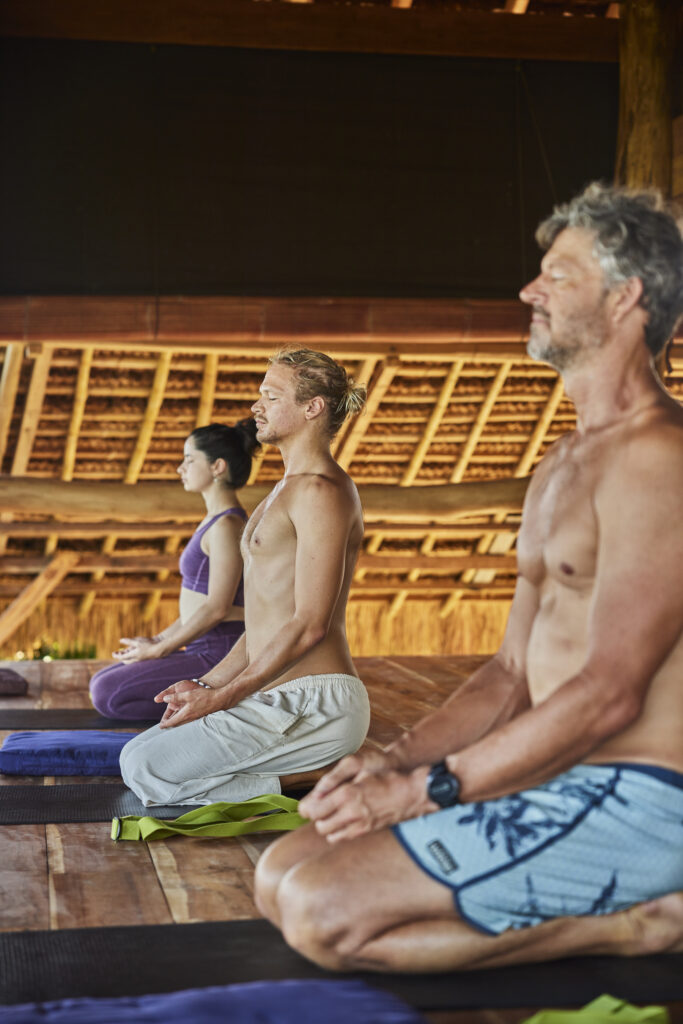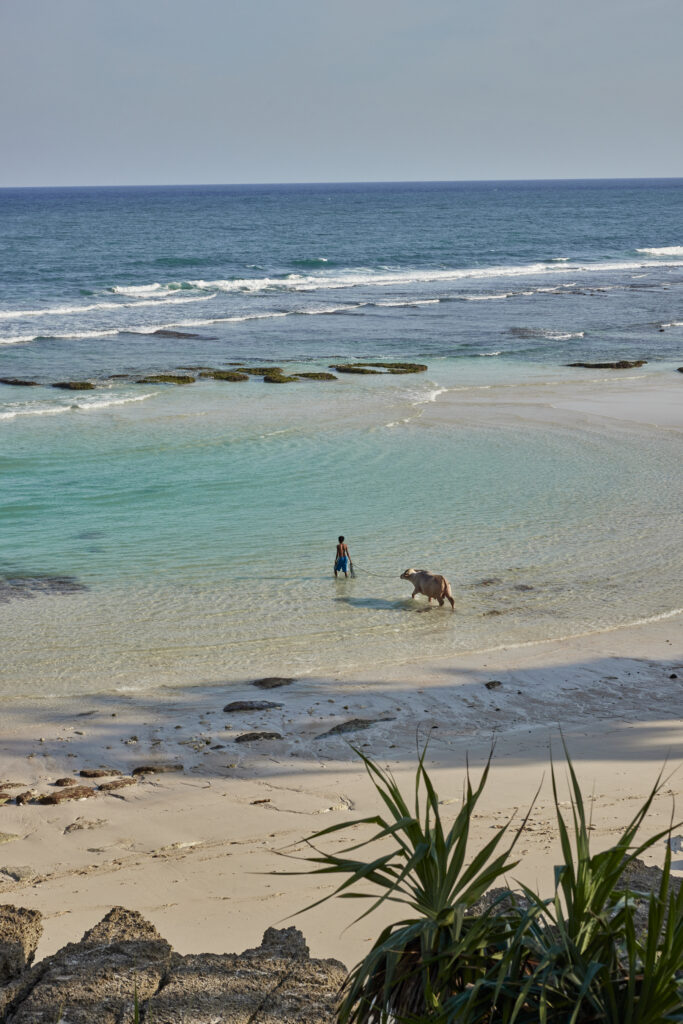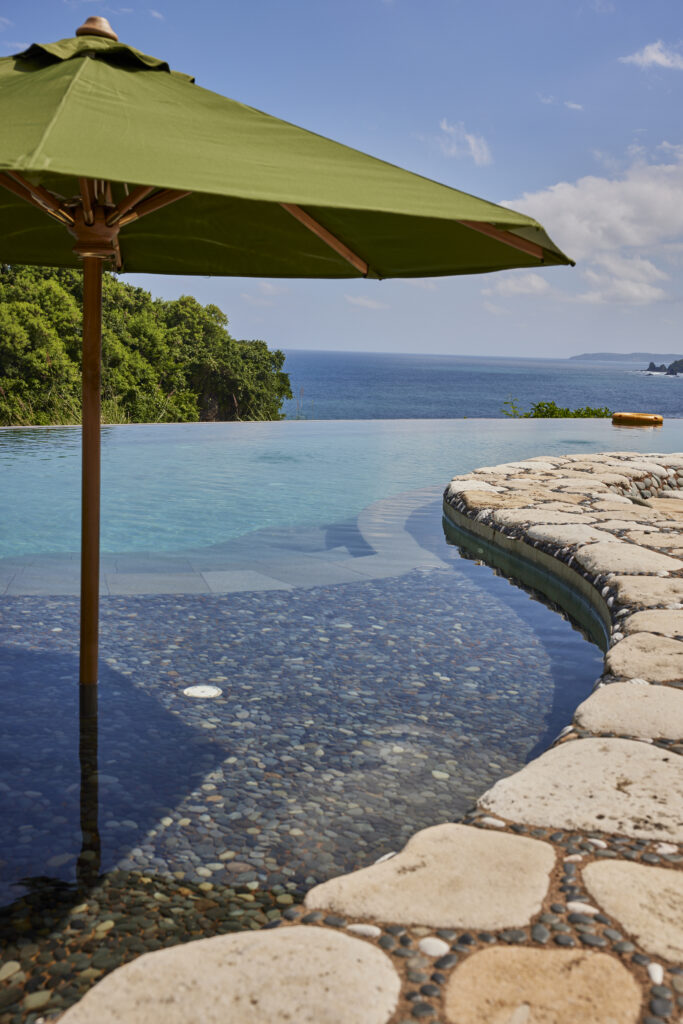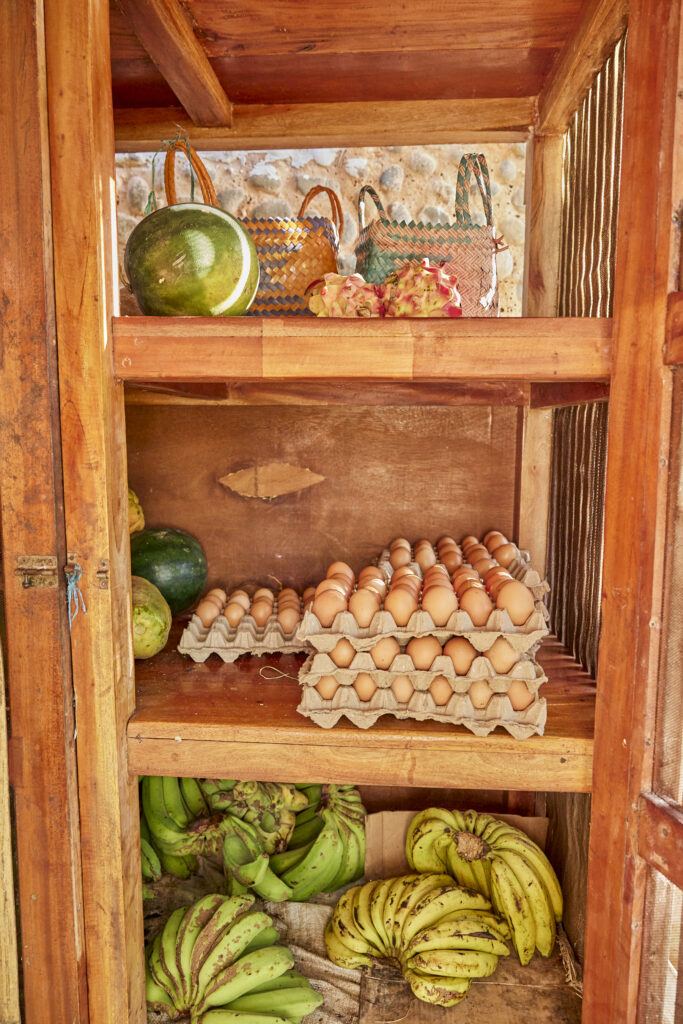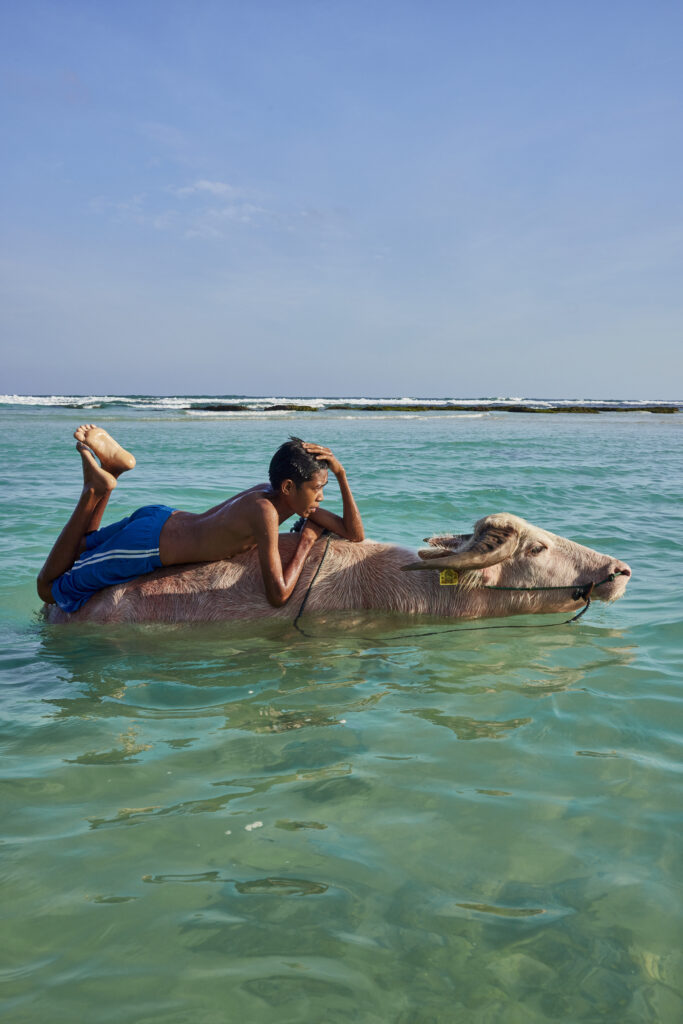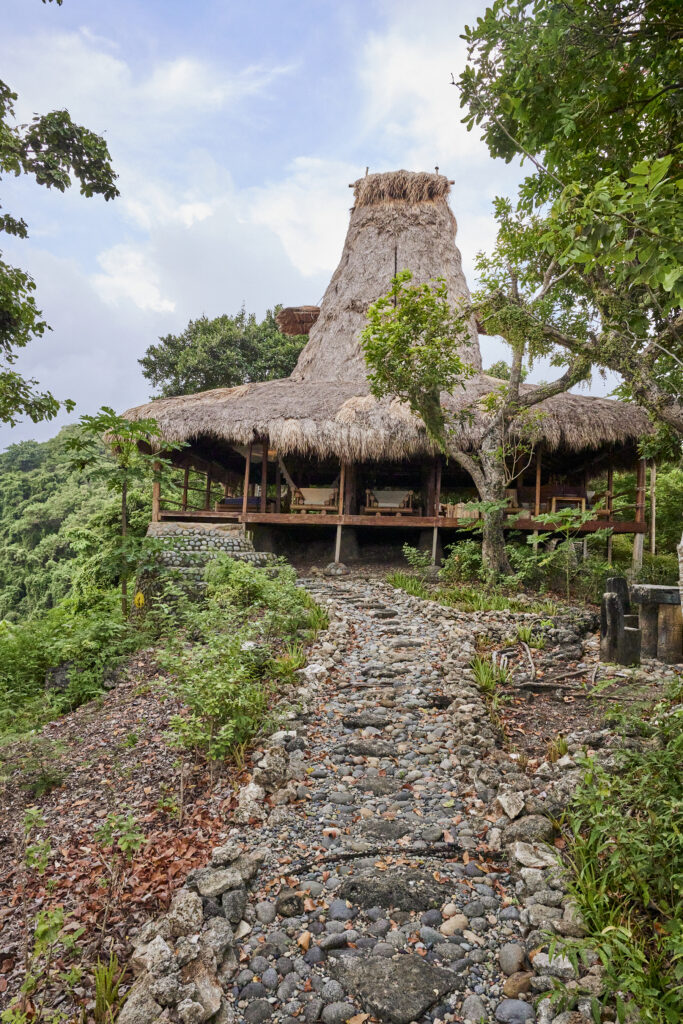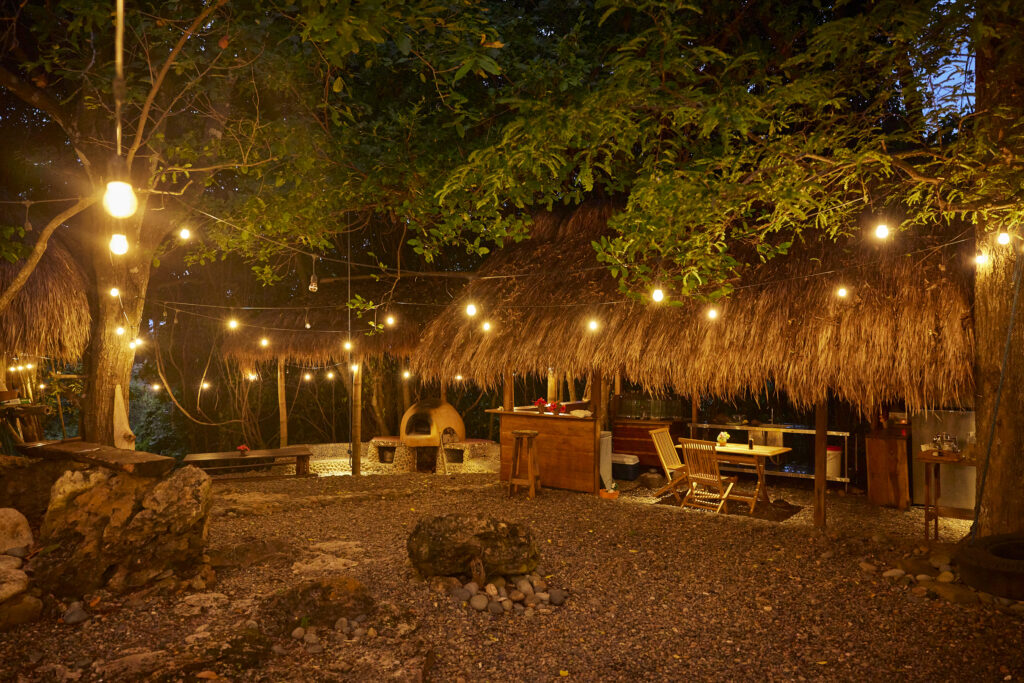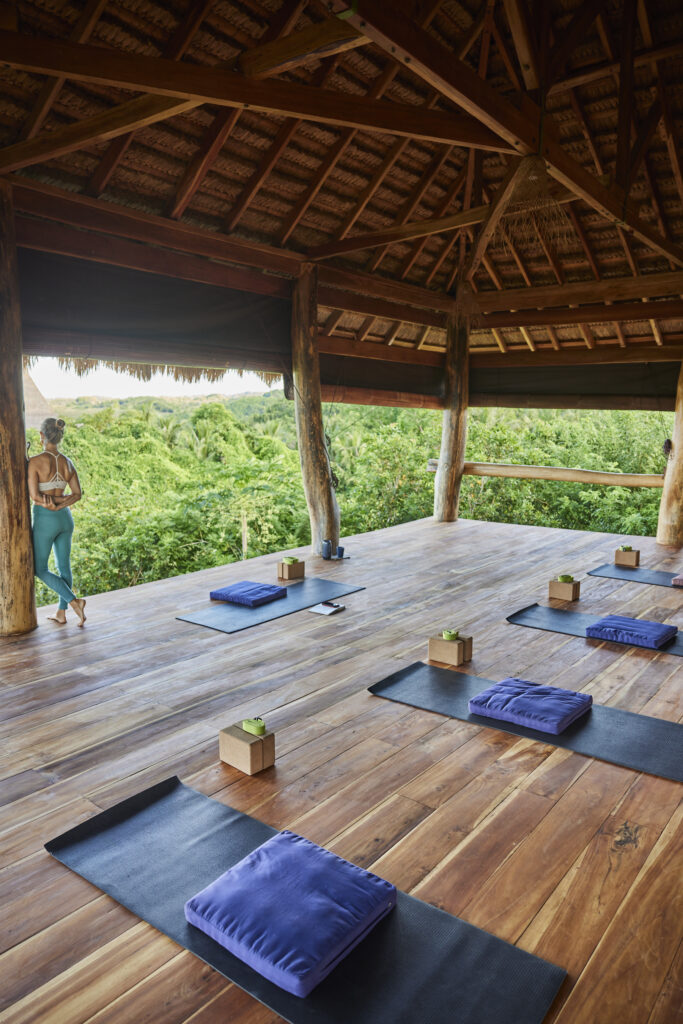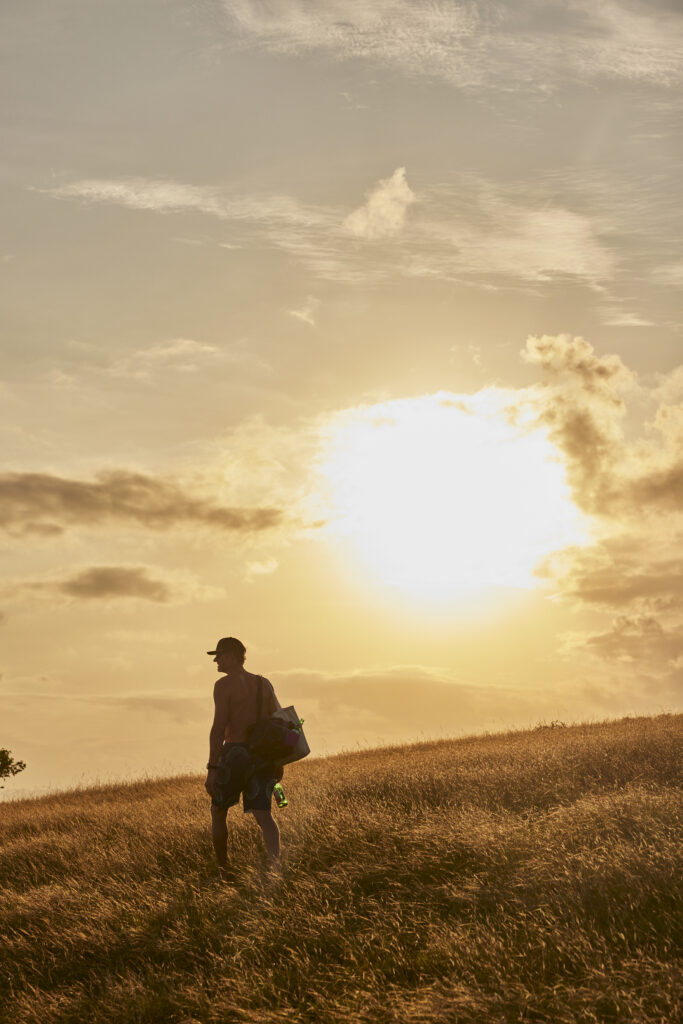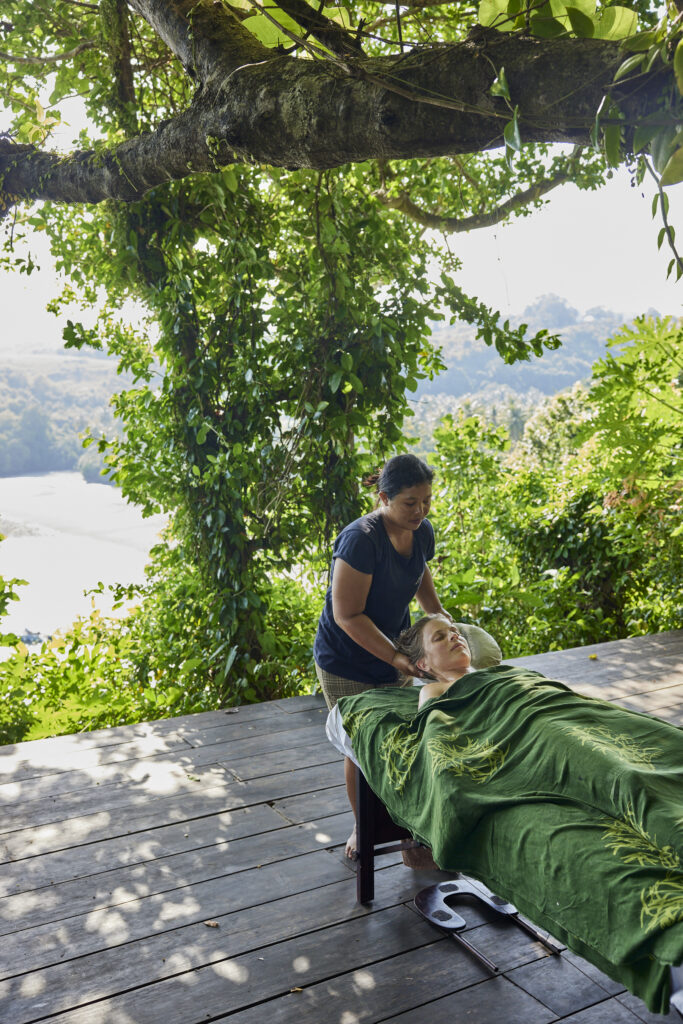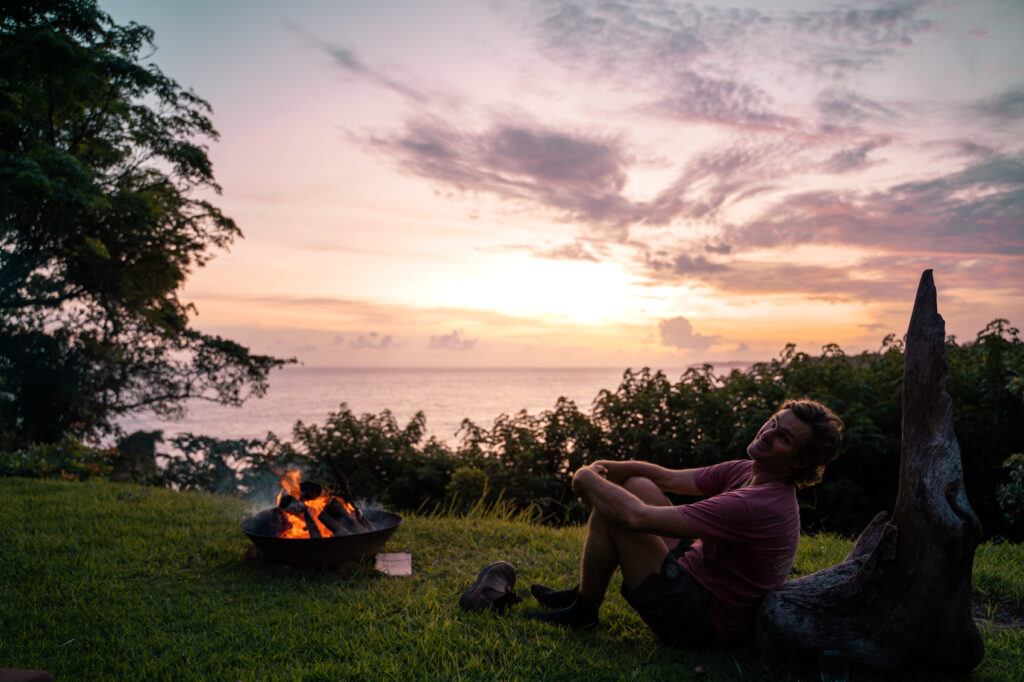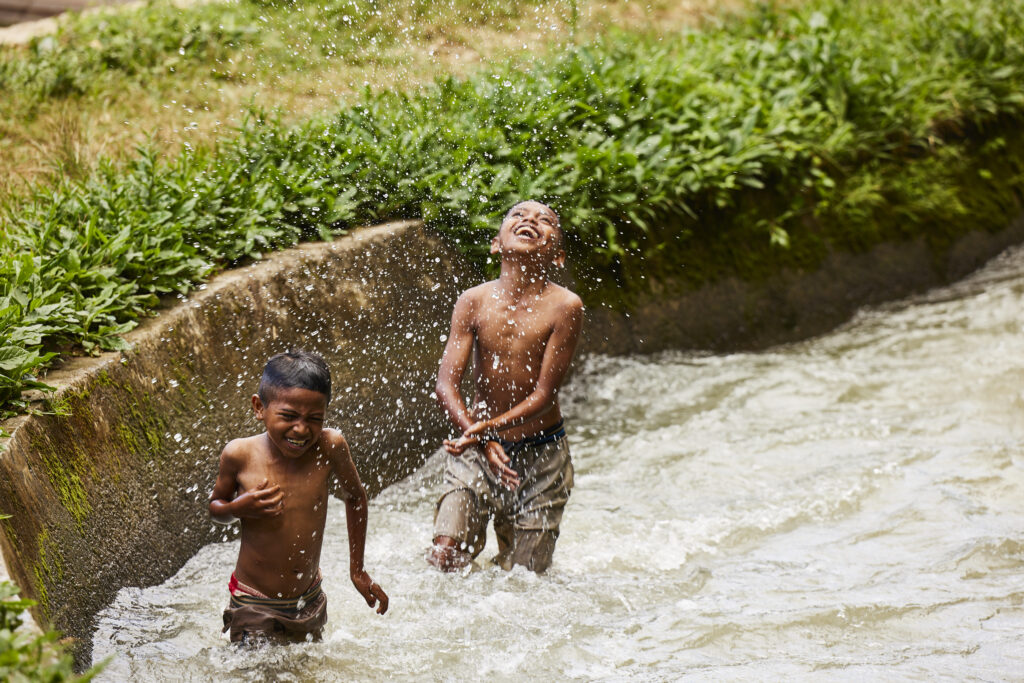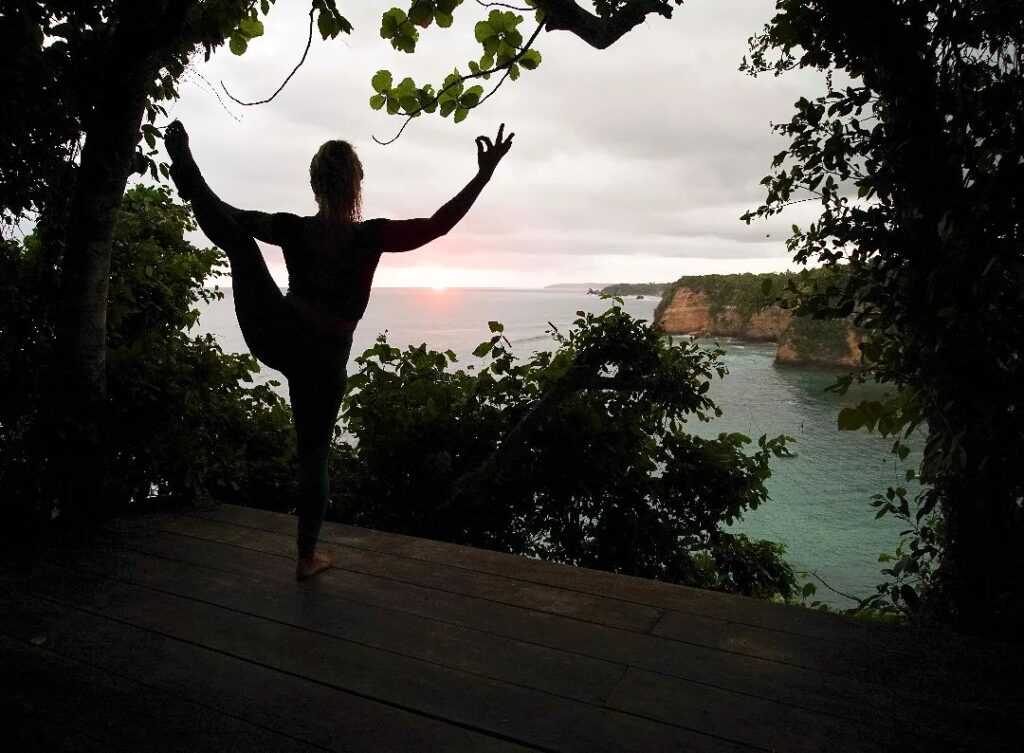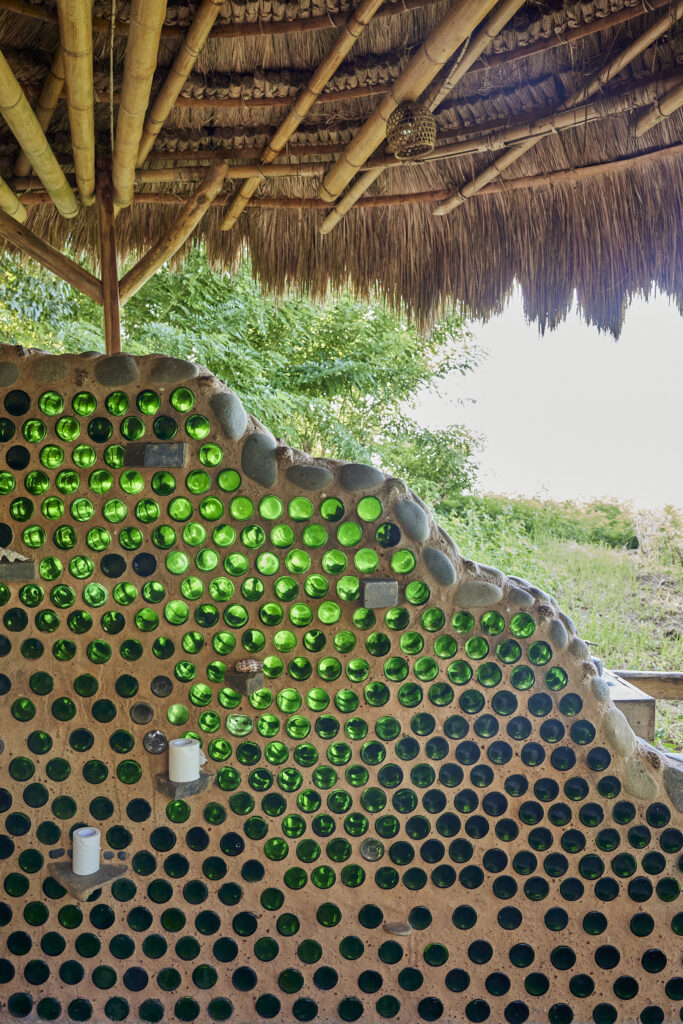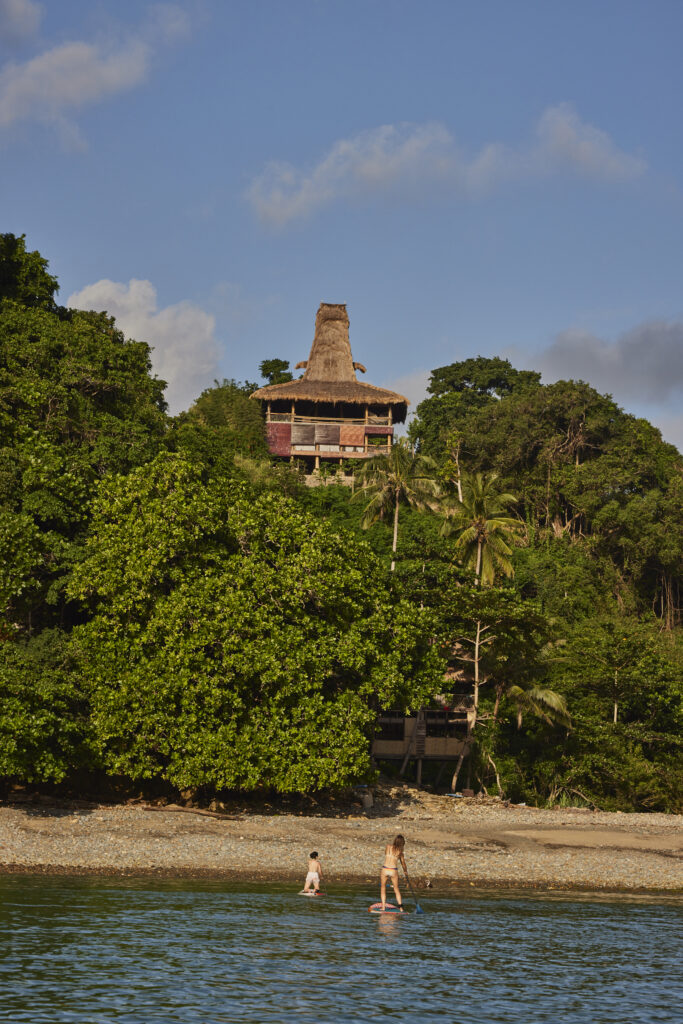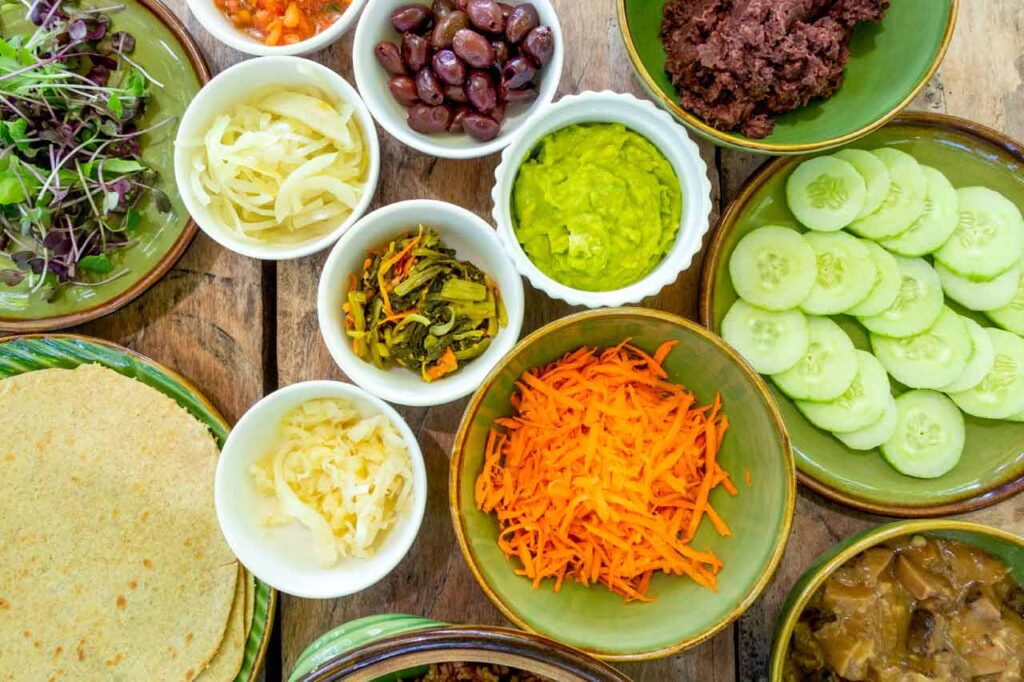AN ADVENTURE REIMAGINED
22
Ngalung Kalla is back to life as we knew it pre-covid. We are more ready than ever to share the magic of Sumba with our guests. Lots of sun, lots of surf, lots of healthy food, and lots of adventures!








21
We started the restaurant we had always dreamed of for this place. We also concentrated on training the staff up to be more ready for the great tourism resurgence we all knew was coming sooner or later.







20
The Great Pause began. No worries – we were built for this and it would give us a chance to see if we were really as resilient as we thought we were. We doubled down on the gardens, composts, and agroforestry with a handful of “covid refugees” who knew we were in a really safe and sustainable place for such a crisis. We drilled two deep bore wells on the property and these – combined with the rainwater we were catching – have allowed us to be water self-sufficient ever since. We took the time to be a family, to homeschool, to learn to communicate better, and to treat each other with more respect while having more fun than we had ever had before. We also focused on finishing up a lot of projects and adding some details that we knew guests would be very appreciative of.








19
Ngalung Kalla Retreat was now legit – we had done it! We had figured out a way to sustain ourselves in the middle of nowhere doing what we loved. Now we needed to figure out how to run it. Good thing the growth of the business had always happened organically. So many good times were being had with our guests and it was so fulfilling to see the memories she was creating for people. Perhaps the best, though, was bearing witness to our staff (literally our community) starting to thrive as they found their feet and a good rhythm.










18
The swimming pool and the greathouse were added into the mix. Meals were getting more and more delicious as the soil in the garden matured with all the compost we were now making. Kaleleyanu was born in the front yard of the retreat in a birthing tub under a big, magical moon bow in March. We built the organic wealth centre later in the year in anticipation of our first Permaculture Design Course.












17
Health is wealth. To reach optimal health in our situation we needed to know exactly where our food was coming from. To do this, we started to grow as much of our own food as possible – organically of course. Production in the gardens and agroforestry was amped up to improve overall quality of life. The carpenters we were working with in the last few years got better and better, and each of our new bungalows reflected that. Ngalung Kalla was in full swing and we were able to expand our ocean program with several solid boats.






16
Guests started to come stay with us pretty much right away. We only had a scooter to do shopping runs with which happened every couple of days. We were all staying in tents, but eventually built platforms for them to stand on so we could be out of the dirt. A bamboo yoga platform went up next – we all needed somewhere to stretch out our sore bodies from all the surfing! We quickly realised that the bamboo yoga platform would be pretty much ruined in the rainy season, so we then decided to build a roof over it. That became our first bungalow, and we built Uma Madu – our second bamboo bungalow – shortly after.





15
Our kids were all conceived on Sumba. Dehahati was born in Ubud and Kamalii on our farm in Hawaii. And when they were 5 and 2, we moved to the land. We camped for many months as we learned to work with the materials available to us, and found some guys and gals that could help us to build our dreams and visions. The warehouse was the first thing we built. We needed it to have a huge tin roof to catch rainwater, which we would then use for everything. With running water, life became a lot more enjoyable. We then built the kitchen and after that, the composting toilet. All building was done with the most readily available and sustainable materials we could find. Bamboo was soaked in the sea for two weeks for treatment; old coconut trees that had stopped bearing much fruit were our beams; and plantation mahogany our flooring – all topped with the most magnificent thing about life in Sumba, the alang grass roof.










14
We transitioned from a decade of work at Nihiwatu into a future that was greatly unknown. What was certain was that we had a ton of off-the-grid living skills, were fluent in Bahasa Indonesia, and we had a great rapport with the local community. All we had to do was jump off the proverbial cliff. On April 4th, 2014, we did just that.
We filled a dump truck and a utility vehicle with 40 surfboards, a mountain bike, a refrigerator, and a stove, and landed on a piece of land we had leased to start camping and feeling out our future. The slower pace of life and less time in the sun was so welcomed.










swipe to reveal timeline

